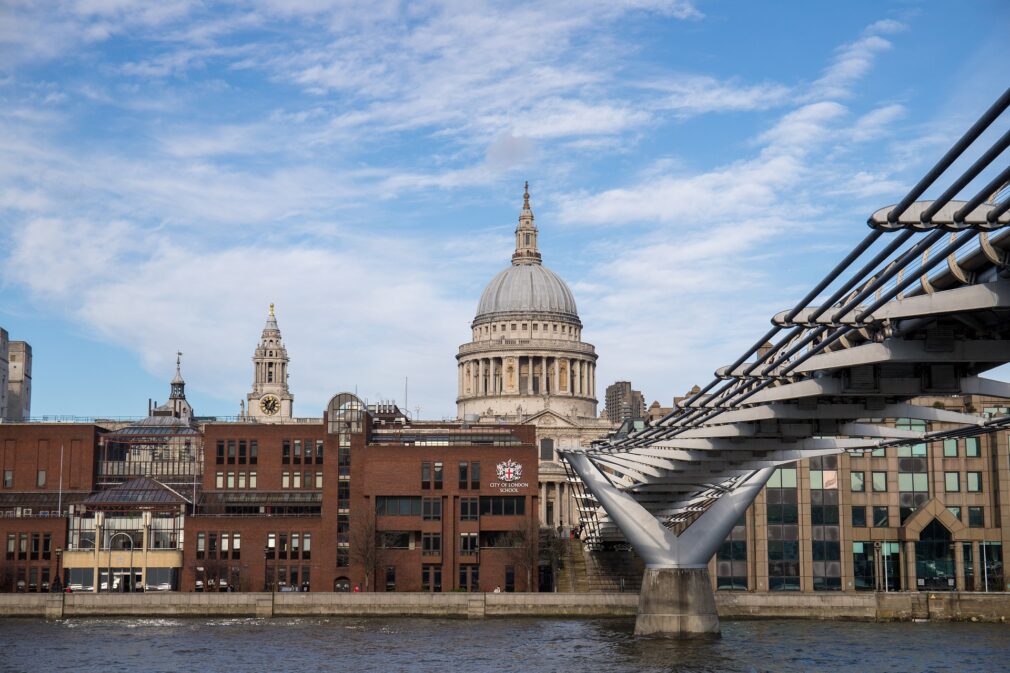There was, of course, no London School in the traditional sense of the word “school. The term was coined by the artist Ron B. China. In 1976, China curated the exhibition Human Clay. In an essay that he wrote for a catalog, China used this expression in reference to Francis Bacon, Lucien Freud, Leon Cossoff, Michael Andrews and several others (of the 48 “London” artists participating in the exhibition). China later explained that he had used such a generic and streamlined wording by analogy with the “School of Paris” or the “School of New York,” for example. And he had nothing in mind but a simple and innocuous thought: “There are many fine artists living and working in London in this period. However, the definition caught on and even acquired some local scandal – detractors were outraged that the “London School” signboard had been privatized by an Ohio-born Jew.
As for the art critics sympathetic to China, since ’76 they have been trying to unite artists totally dissimilar in temperament, manner and outlook under the banner of a manifesto. Here is one of the most popular versions:
“The London School was a group of artists united by a common interest in the human body, its metamorphosis, its vulnerability, its short-livedness.
The generation that went through the World War, watched the Holocaust, faced the nuclear threat, splashed out all their fears and frustrations on canvas, tried to realize themselves in the macabre context of the 20th century.

Another principle of association was protest. “The “London School” supposedly protested against what China called “provincial and orthodox avant-gardism.
The “Londoners” also had something else in common: almost all of them were foreigners, in London proper they felt like outcasts. China had Russian-Hungarian roots, Lucien Freud was of Jewish-German origin, and Bacon, the only thoroughbred Englishman, had managed to be born in Dublin. According to some researchers, this added nerve to their work.
The inconsistency of motives commonly attributed to members of the “London School” is particularly evident in the case of its two principal graduates. Bacon and Freud indeed preferred figurative art and thus differed markedly from the mainstream at the time. But anyone familiar with Bacon’s biography understands that the only thing he protested against was being kicked out of his beloved Soho pub because of the late hour. The only thing Freud was trying to grasp in the context of twentieth-century horrors was how to make the hairs sticking out of someone’s ear more realistically in a portrait than in reality.
…In fact, can you think of more unlikeable characters than Bacon and Freud? The two would never have gotten along under one common method or ideology.
With some reservations, the same can be said of the others. The only obvious reason to lump these artists into one conventional “school” is the one originally voiced by China. At a certain period, there were several artists who lived and worked in London who were brighter, more visible and influential than the others. The “London School” – is a peculiar brand of quality. And while the titular heroes of the exhibition, Bacon and Freud, hardly need a special introduction, the others are worth getting to know separately.
Ronald China. Woman and Man with Glasses